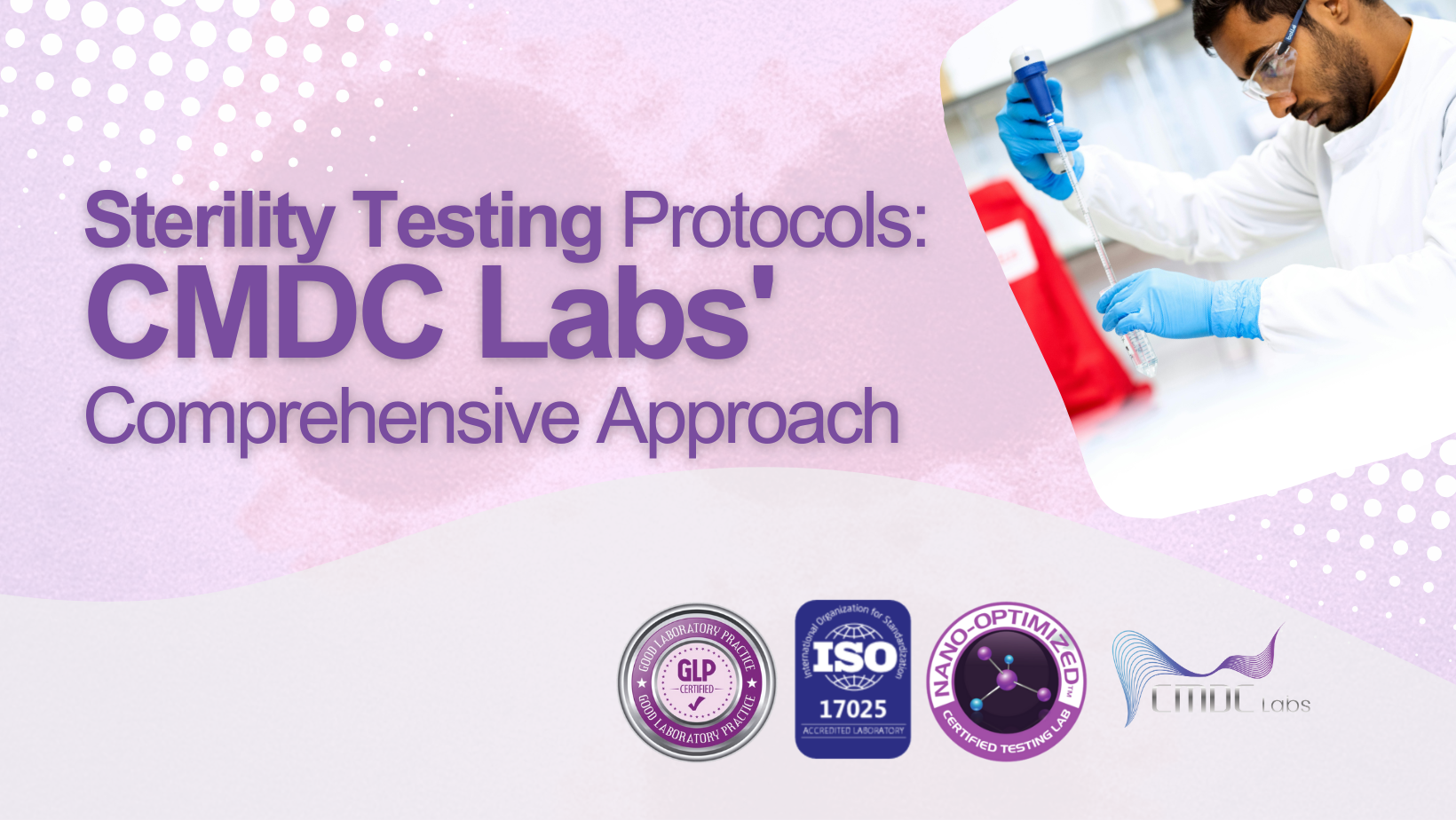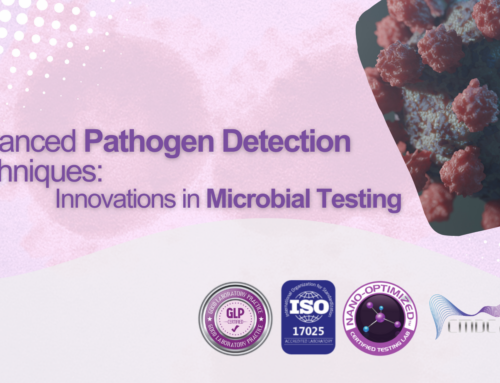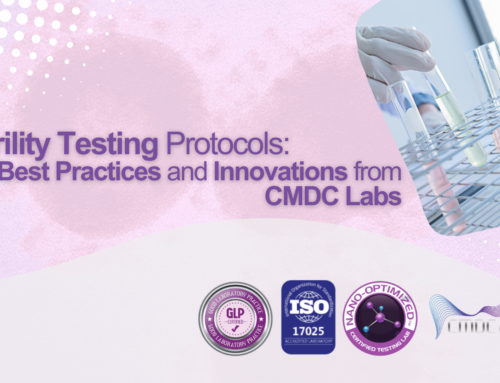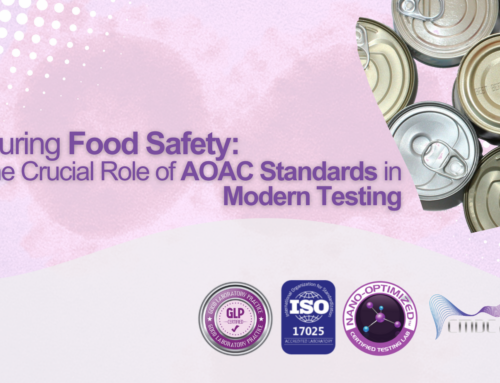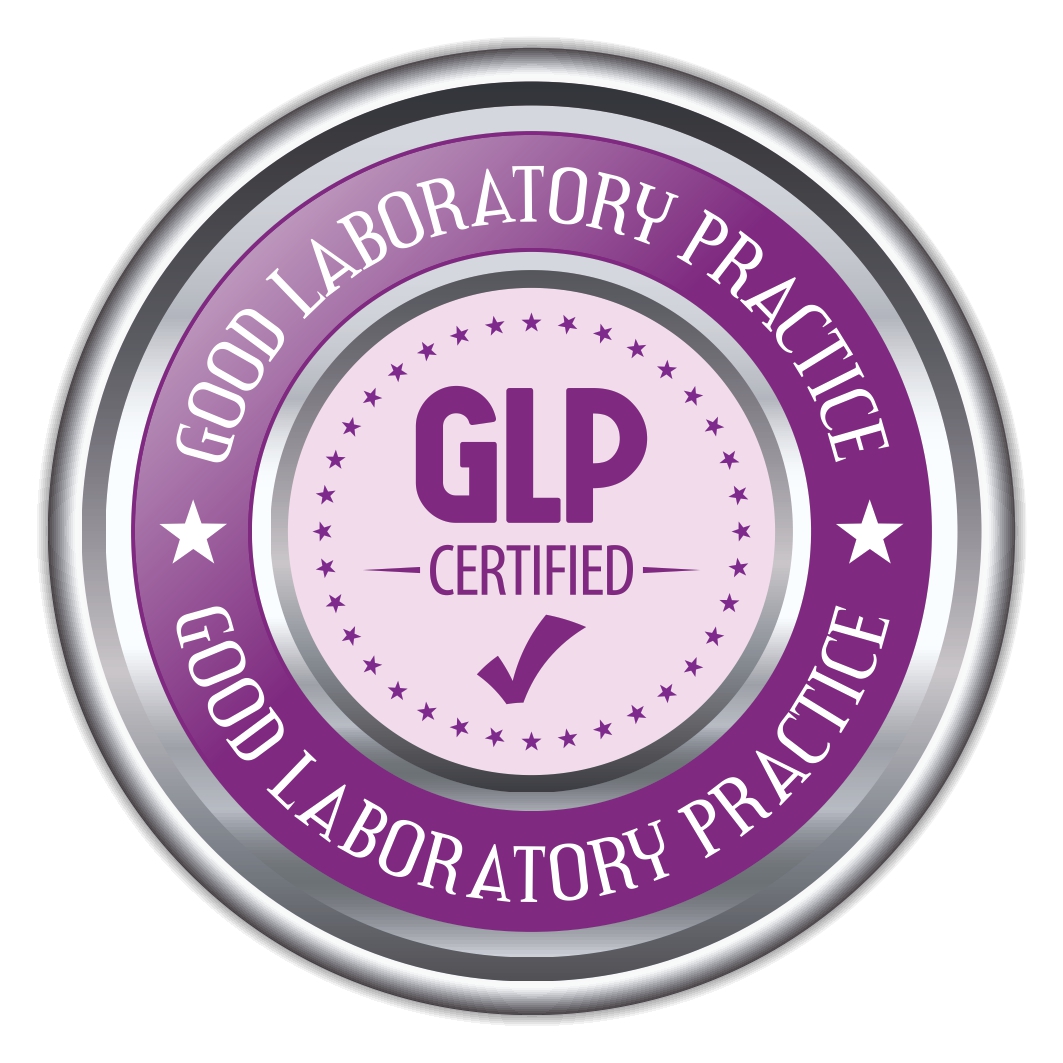Sterility testing is a critical component of pharmaceutical manufacturing processes to ensure the absence of viable microorganisms in drug products. The regulatory requirements for sterility testing are stringent, and pharmaceutical companies must adhere to established protocols to meet regulatory standards and ensure product safety. In this article, we will delve into CMDC Labs’ comprehensive approach to sterility testing protocols, highlighting key elements and innovative strategies to enhance testing efficiency and reliability.
Understanding Sterility Testing: Sterility testing is conducted to confirm the absence of viable microorganisms, including bacteria, fungi, and spores, in pharmaceutical products. The testing process involves inoculating the product into suitable culture media and incubating under appropriate conditions to detect microbial growth. Positive results indicate product contamination, while negative results confirm product sterility.
Key Elements of Sterility Testing Protocols:
- Aseptic Technique: Maintaining strict aseptic conditions throughout the testing process is crucial to prevent contamination and ensure accurate results. Personnel involved in sterility testing must undergo rigorous training on aseptic techniques and adhere to standard operating procedures (SOPs) to minimize the risk of microbial contamination.
- Sample Collection and Preparation: Proper sample collection and preparation are essential for obtaining representative samples and ensuring test accuracy. Samples should be collected using sterile techniques and stored in appropriate containers to preserve sample integrity during transportation and testing.
- Culture Media Selection: Selecting suitable culture media is critical for supporting the growth of a wide range of microorganisms and enhancing the sensitivity of detection methods. CMDC Labs employs a variety of selective and differential culture media tailored to specific product types and testing requirements.
- Incubation Conditions: Providing optimal incubation conditions, including temperature, humidity, and incubation duration, is essential for promoting microbial growth and facilitating accurate detection. CMDC Labs’ state-of-the-art incubation facilities ensure consistent and controlled incubation conditions for reliable test results.
- Microbial Detection Methods: Utilizing advanced microbial detection methods, such as membrane filtration, direct inoculation, and automated microbial detection systems, enhances the sensitivity and efficiency of sterility testing. CMDC Labs leverages cutting-edge technologies and validated methods to detect microbial contamination with high precision and accuracy.
- Environmental Monitoring: Regular environmental monitoring of testing facilities, equipment, and personnel helps identify potential sources of contamination and maintain cleanroom integrity. CMDC Labs employs stringent environmental monitoring protocols to ensure compliance with regulatory requirements and uphold testing integrity.
- Data Integrity and Documentation: Maintaining accurate and comprehensive documentation of sterility testing procedures, results, and quality control measures is essential for regulatory compliance and traceability. CMDC Labs implements robust data management systems and quality assurance protocols to uphold data integrity and facilitate regulatory audits.
Innovative Strategies to Enhance Sterility Testing:
- Rapid Microbial Detection Technologies: Adoption of rapid microbial detection technologies, such as polymerase chain reaction (PCR) and nucleic acid amplification assays, accelerates testing turnaround times and enables real-time monitoring of microbial contamination.
- Continuous Monitoring Systems: Implementation of continuous monitoring systems for environmental monitoring and microbial detection allows for proactive identification of contamination events and prompt corrective actions to prevent product loss and ensure product quality.
- Automation and Robotics: Integration of automation and robotics into sterility testing processes streamlines workflow, reduces human error, and enhances testing throughput. CMDC Labs invests in state-of-the-art automation platforms to optimize testing efficiency and reliability.
- Advanced Data Analytics: Leveraging advanced data analytics and machine learning algorithms enables predictive analysis of sterility testing results and identification of trends or patterns indicative of potential contamination risks. CMDC Labs utilizes data-driven approaches to enhance testing protocols and improve product safety.
- Collaboration and Knowledge Sharing: Collaboration with industry partners, regulatory agencies, and research institutions fosters knowledge sharing and continuous improvement in sterility testing practices. CMDC Labs actively participates in collaborative initiatives and industry forums to stay abreast of emerging trends and best practices in sterility testing.
Conclusion: CMDC Labs’ comprehensive approach to sterility testing protocols encompasses stringent quality control measures, advanced analytical techniques, and innovative strategies to ensure the safety and integrity of pharmaceutical products. By embracing cutting-edge technologies, continuous improvement initiatives, and collaboration with industry stakeholders, CMDC Labs remains at the forefront of sterility testing excellence, safeguarding public health and supporting regulatory compliance in the pharmaceutical industry.

